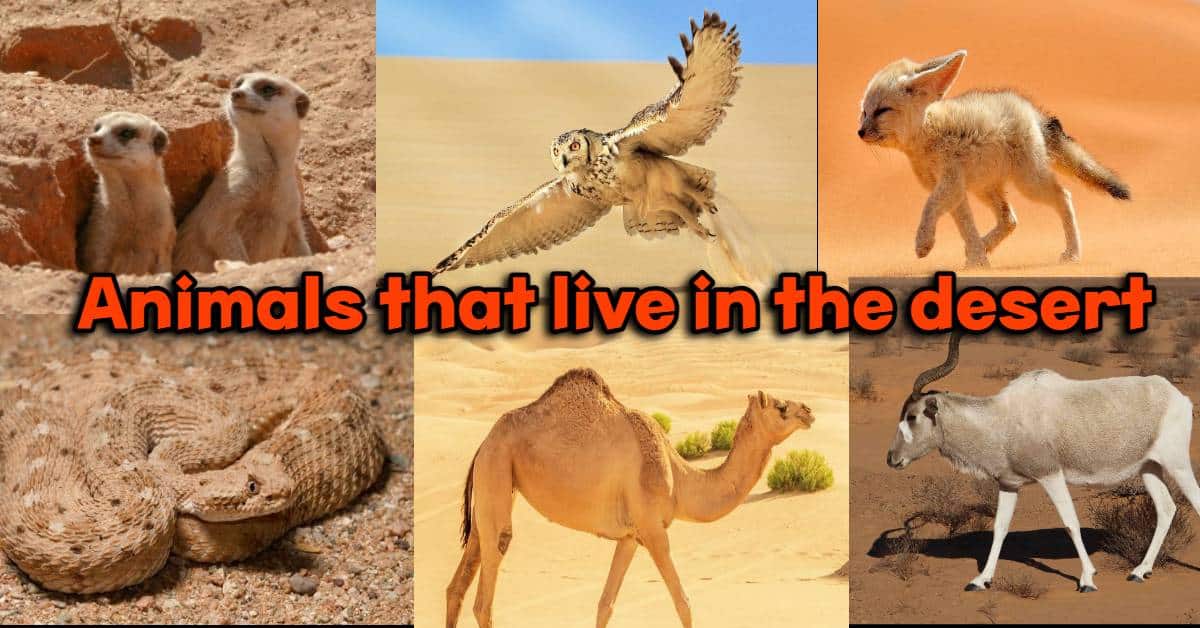The desert, often considered a barren and harsh environment, hides a myriad of incredible creatures adapted to survive and thrive in extreme conditions. From scorching heat to limited water sources, desert animals have evolved unique features to conquer the challenges of the desert landscape.
In this blog post, we will embark on a captivating journey to discover 21 Animals that live in the Desert, showcasing the incredible diversity and resilience found in these arid regions.
21 Animals that live in the Desert
1. Camel
The camel, often hailed as the “ship of the desert,” is an iconic desert animal known for its remarkable adaptations to arid environments. Found in deserts across Africa and Asia, camels boast specialized features that enable them to thrive in harsh conditions.
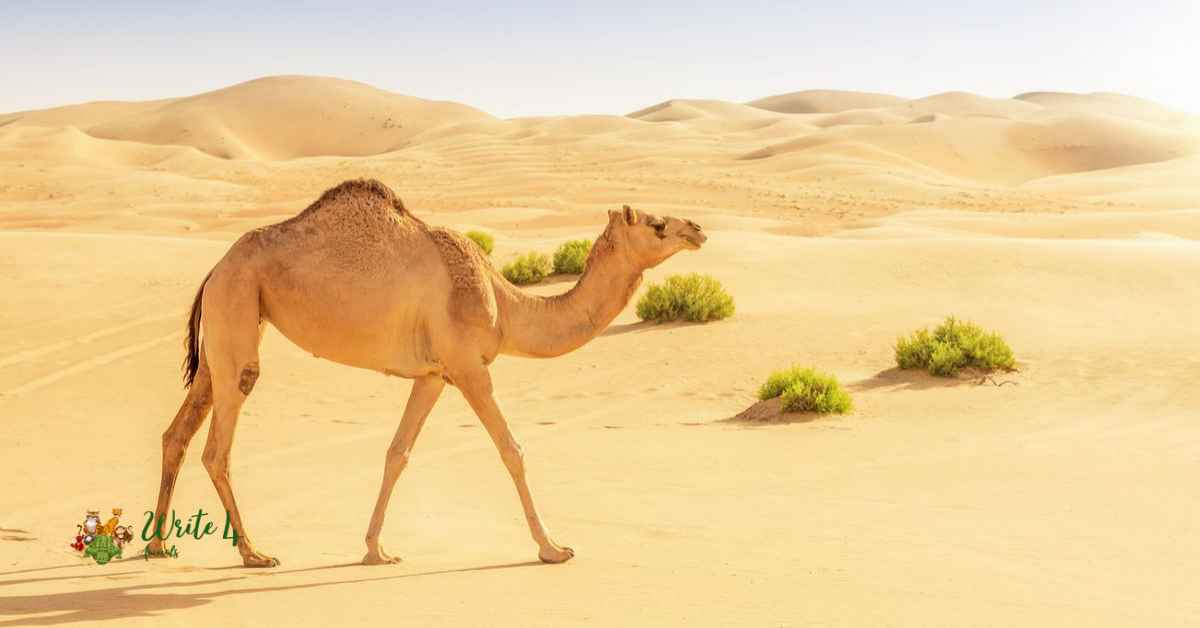
Their humped back stores fat, a crucial reservoir for sustenance during food scarcity, while their unique kidney function allows them to conserve water efficiently. These desert dwellers are well-suited to traverse vast sandy expanses, with tough, cushioned feet and a natural ability to regulate body temperature.
The camel’s significance to desert ecosystems and human communities is immeasurable, serving as a reliable mode of transportation and a source of milk and meat in regions where resources are scarce. As an enduring symbol of resilience, the camel embodies the tenacity of desert animals in the face of extreme conditions.
2. Fennec Fox
The diminutive fennec fox, native to the Sahara Desert, captivates with its adorable appearance and distinctive adaptations. Sporting oversized ears that can make up nearly 20% of its body surface, the fennec fox has a secret weapon against the challenges of desert life. These ears act as efficient heat dissipaters, helping regulate body temperature in the scorching desert heat.
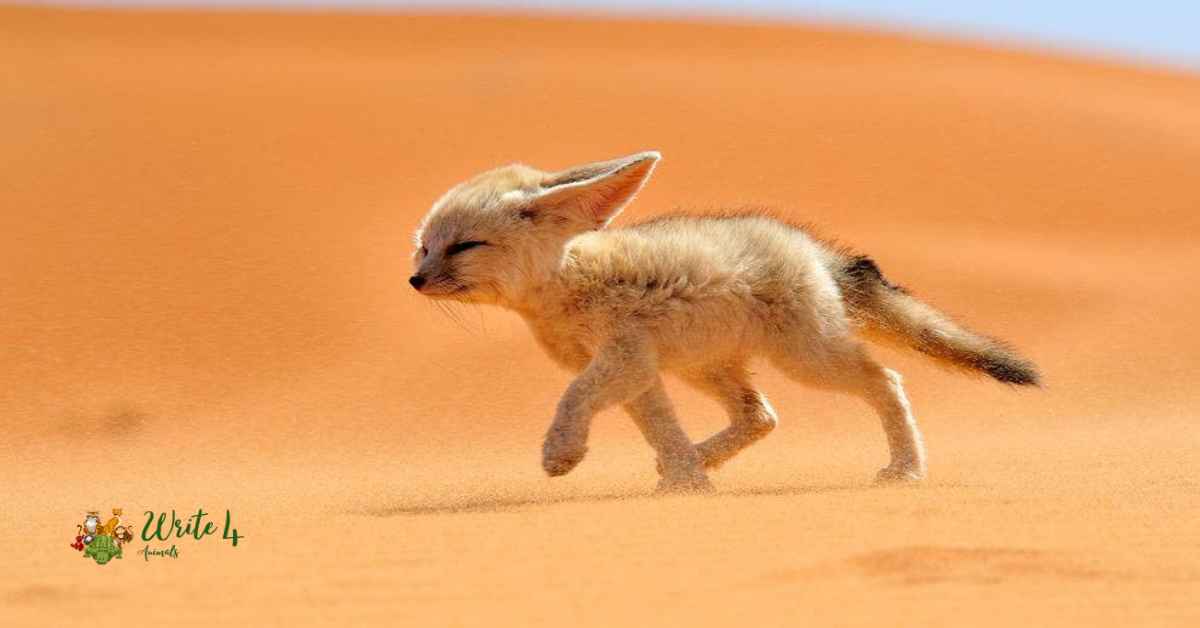
Additionally, the fox’s keen sense of hearing is crucial for detecting prey and avoiding predators in the vast, open landscapes. Nocturnal by nature, the fennec fox emerges at night to forage for insects, small mammals, and plant matter, showcasing its versatility in adapting to the limited resources of the desert.
As an integral part of the desert ecosystem, the fennec fox plays a role in controlling pest populations and contributing to the intricate web of life in one of the world’s most challenging environments for survival.
3. Gila Monster
In the deserts of North America, the Gila Monster stands out as one of the few venomous lizards, showcasing unique adaptations that define its role as a formidable desert animal. Characterized by its striking orange and black bead-like patterns, this slow-moving reptile serves as a testament to survival in an environment where resources are sparse.
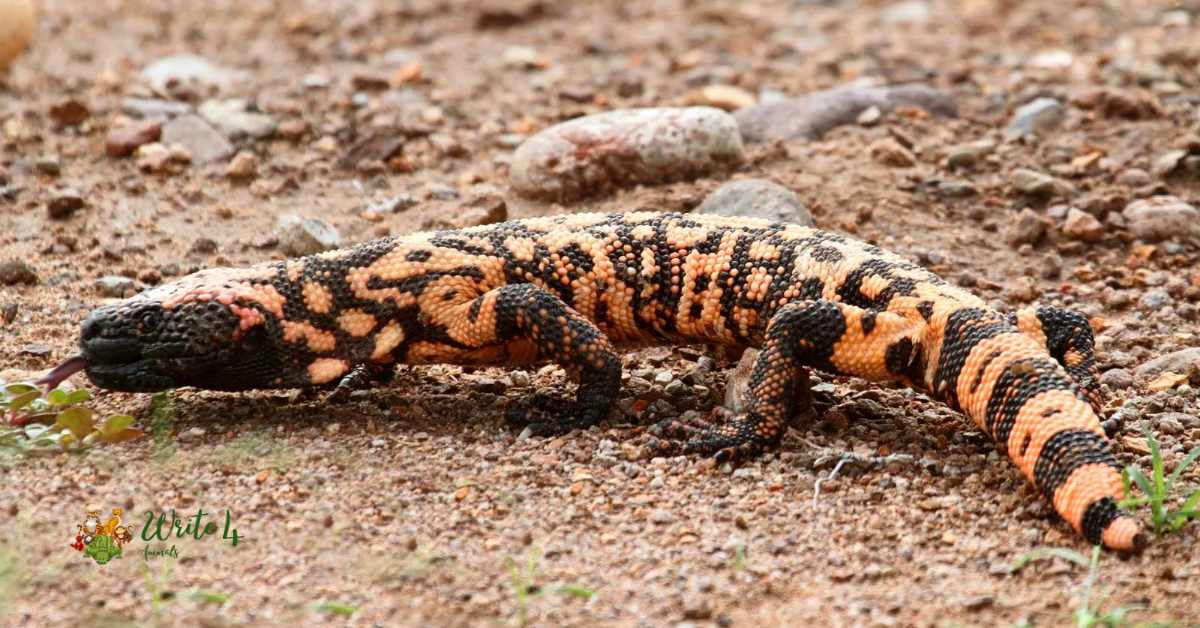
The Gila Monster’s venom, although primarily used for subduing prey, underscores its effectiveness as a predator in the competitive desert ecosystem. Despite its venomous nature, Gila Monsters are generally docile and rely on their cryptic coloration to avoid confrontations with potential threats.
Their ability to endure extreme temperatures and periods of food scarcity highlights their resilience, emphasizing the remarkable strategies that desert animals employ to thrive in the unforgiving arid landscapes they call home. The Gila Monster, with its distinctive appearance and survival tactics, adds a layer of intrigue to the diverse tapestry of desert fauna.
4. Kangaroo Rat
The kangaroo rat, a nocturnal rodent endemic to the deserts of North America, exemplifies extraordinary adaptations for survival in arid landscapes. Renowned for its ability to thrive without drinking water, the kangaroo rat has evolved to extract moisture from the seeds it consumes, showcasing an unparalleled efficiency in water conservation.
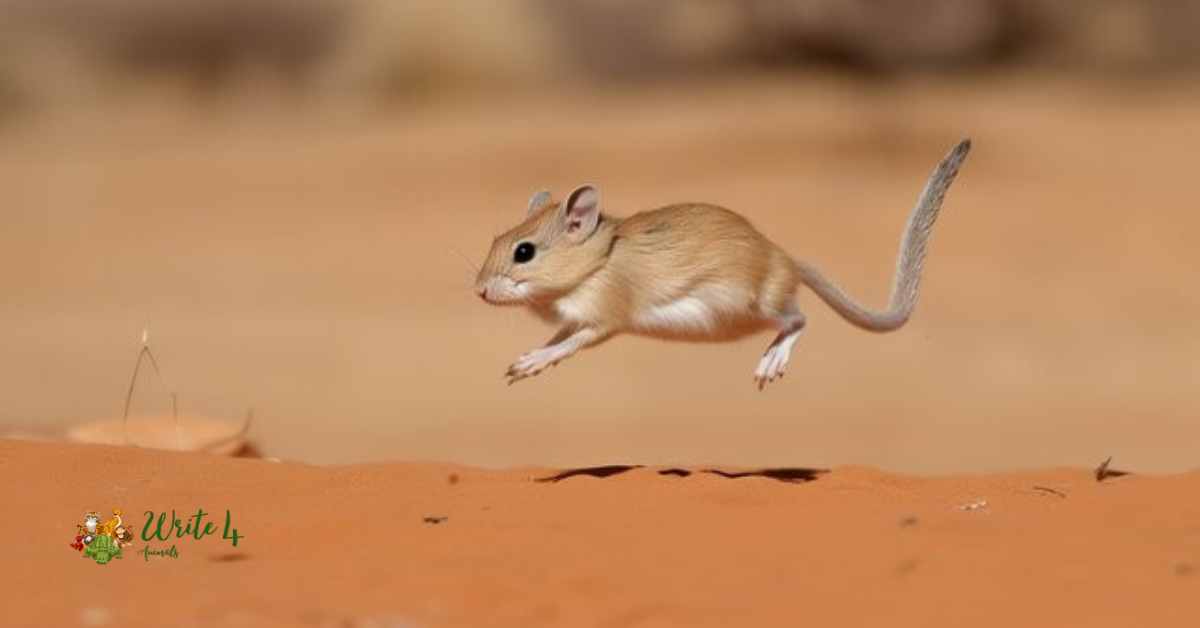
Its kidney function plays a crucial role in concentrating urine to minimize water loss. This desert animal’s large hind legs and powerful tail enable remarkable leaps, evading predators and navigating the challenging terrain with ease.
Kangaroo rats create complex burrow systems in the sandy substrate, providing shelter from the scorching daytime temperatures and serving as storage for food reserves.
Their unique adaptations make kangaroo rats resilient inhabitants of the desert, demonstrating the ingenuity of nature in developing strategies for survival in environments where water is a precious commodity.
5. Arabian Oryx
The Arabian oryx, a majestic desert antelope native to the Arabian Peninsula, is a symbol of grace and adaptation to the arid landscapes it calls home. Recognized for its elegant white coat and distinctively straight horns, the Arabian oryx is a master of desert survival. These herbivores have evolved specialized hooves designed for traversing sandy terrains with ease.
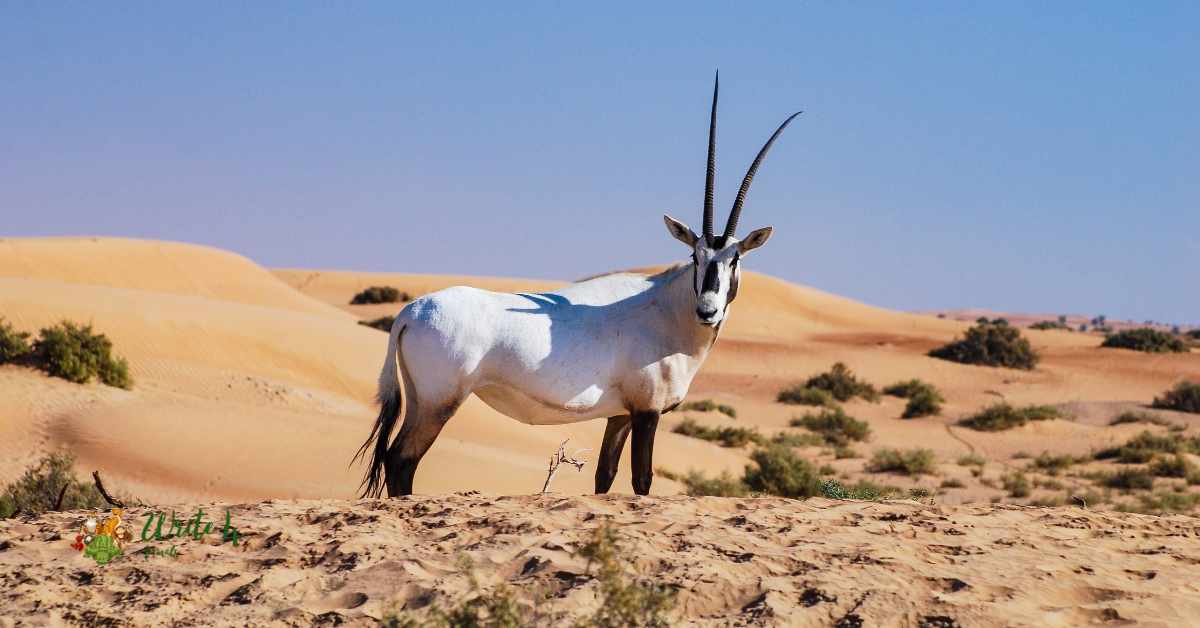
Their efficient cooling mechanisms, including the ability to raise body temperature slightly to reduce sweating, enable them to endure extreme desert temperatures. Once on the brink of extinction, successful conservation efforts have allowed the Arabian oryx to reclaim its place in the desert ecosystem.
These social animals form groups known as “herds,” showcasing the importance of cooperation in overcoming the challenges posed by the arid environment. As a flagship species for conservation in desert regions, the Arabian oryx stands as a testament to the resilience and adaptability of desert animals in the face of environmental changes.
6. Sidewinder Snake
The sidewinder snake, a venomous reptile found in North American deserts, maneuvers through the arid landscape with a distinctive sidewinding motion, leaving telltale tracks in the sand. This adaptation serves to minimize contact with the scorching ground, showcasing the snake’s mastery of survival in the desert’s extreme conditions.
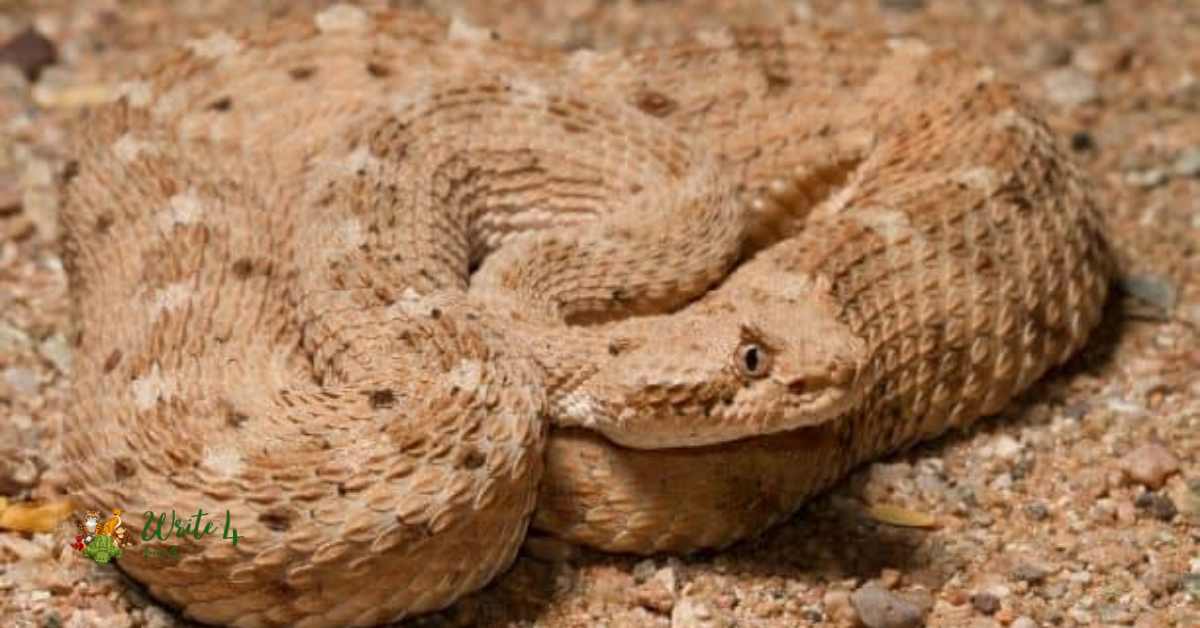
Sporting a unique set of horns above its eyes, the sidewinder is adept at burrowing into the sandy substrate, providing shelter from the intense heat and potential predators. These nocturnal hunters rely on their keen senses to locate prey, demonstrating the precision of their adaptations for desert life.
The sidewinder snake’s ability to thrive in an environment known for its challenges underscores the intricate balance of nature and the remarkable strategies employed by desert animals to navigate and thrive in seemingly inhospitable terrains.
7. Addax
Known as the “white antelope,” the addax is a striking desert animal that has adapted to the harsh conditions of the Sahara. With a pale coat that reflects sunlight, the addax minimizes heat absorption, a crucial adaptation for survival in extreme temperatures.
Its specialized hooves provide stability on the sandy substrate, allowing the addax to navigate the dunes with agility.
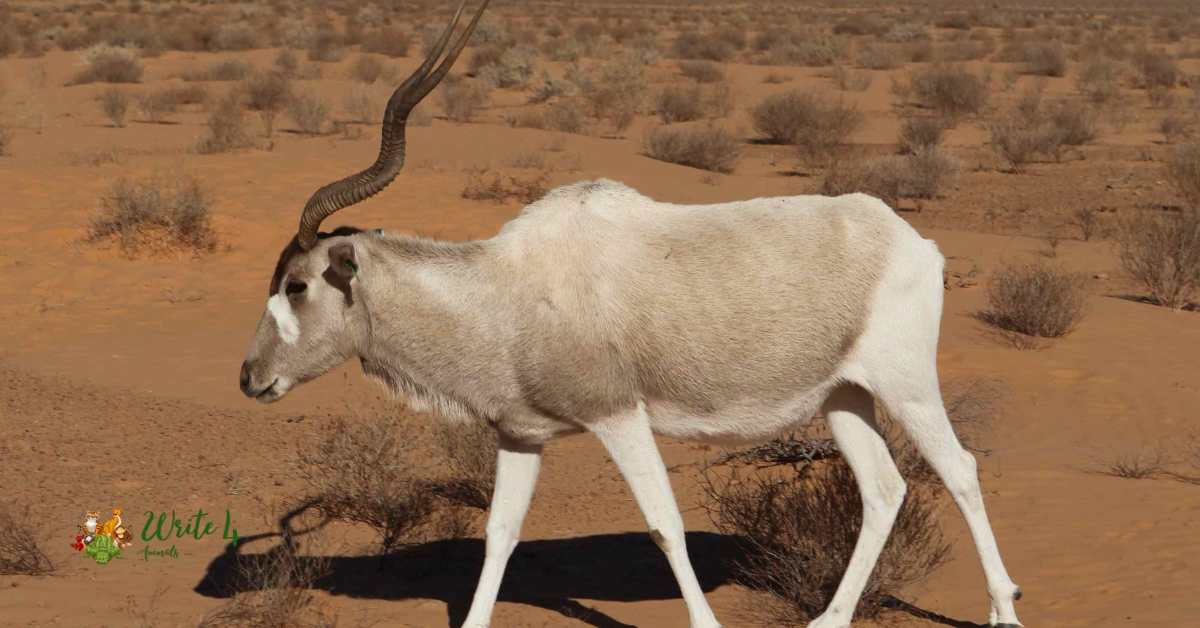
Despite the harsh conditions of the desert, these herbivores are well-equipped to extract nutrients from sparse vegetation, showcasing their ability to thrive in resource-scarce environments.
Unfortunately, the addax faces the threat of extinction due to habitat loss and overhunting, highlighting the delicate balance between desert animals and human activities.
Conservation efforts are crucial to ensuring the continued existence of the addax and preserving the biodiversity of the Sahara, showcasing the interconnectedness of all life in the delicate ecosystems of arid landscapes.
8. Jerboa
The jerboa, a small rodent with a distinctive appearance, thrives in the deserts of Asia and North Africa, showcasing remarkable adaptations for survival in the harsh conditions of arid environments. Known for its long hind legs, the jerboa is a master of jumping, allowing it to navigate the sandy terrain with agility and escape potential predators.
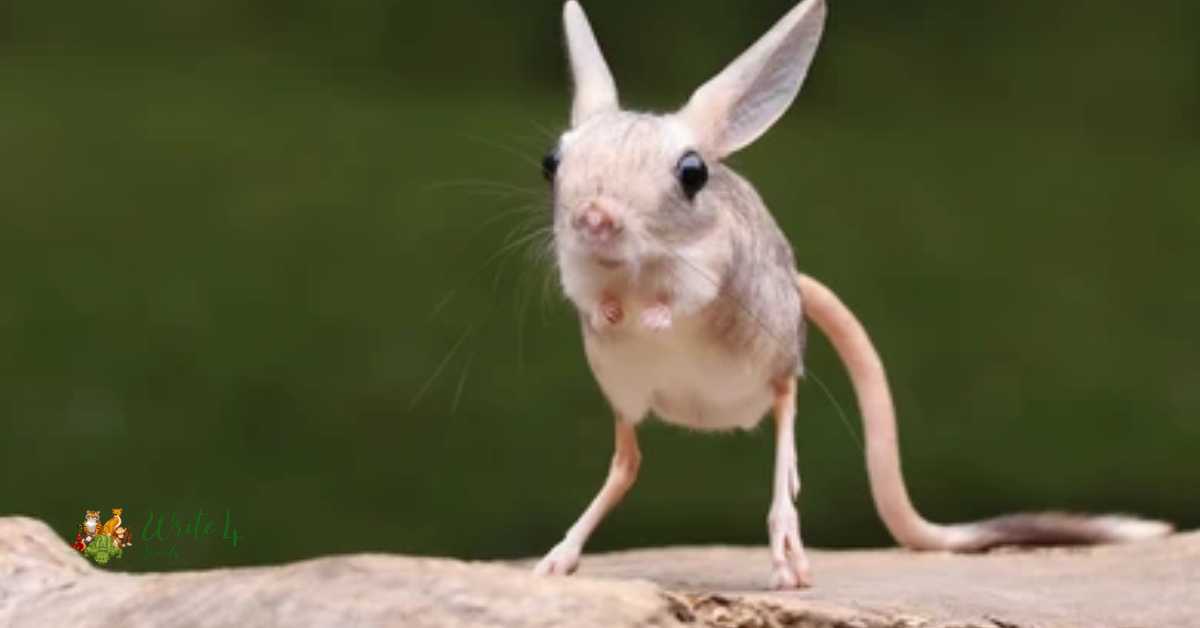
These nocturnal creatures have evolved to withstand temperature extremes by staying underground during the scorching daytime heat and emerging at night to forage for insects, seeds, and plants. The jerboa’s large ears aid in dissipating heat and enhancing hearing, crucial for detecting predators and navigating the open landscapes of the desert.
Despite their diminutive size, jerboas play a significant role in desert ecosystems by controlling insect populations and contributing to the intricate web of life. The jerboa’s adaptations underscore the resilience of desert animals and their ability to carve out a niche in challenging environments through unique evolutionary strategies.
9. Deathstalker Scorpion
Residing in the deserts of North Africa and the Middle East, the deathstalker scorpion is a formidable arachnid with potent venom, making it a key player in the intricate web of desert ecosystems.
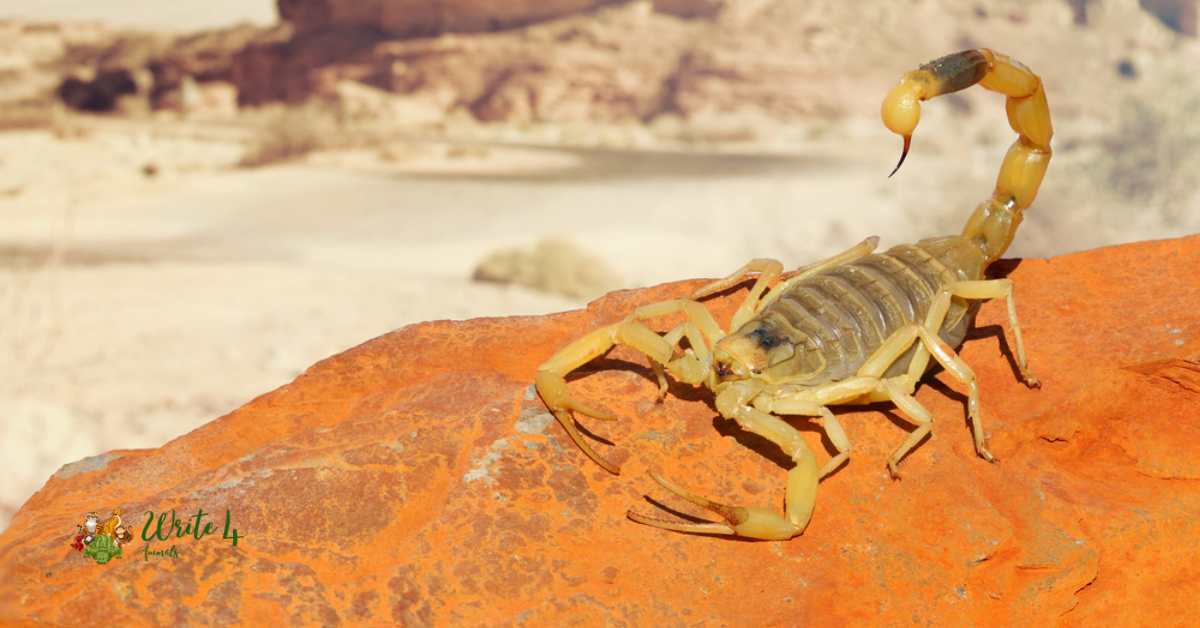
Despite its small size, the deathstalker scorpion wields a venomous sting that serves both as a means of subduing prey and deterring potential predators.
Its adaptation to the arid environment includes a nocturnal lifestyle, allowing it to avoid the scorching temperatures of the day. The deathstalker scorpion is a skilled hunter, preying on insects and small invertebrates in the desert, contributing to the delicate balance of the ecosystem.
10. Desert Eagle Owl
The desert eagle owl, a nocturnal raptor found in desert regions, is a master of adaptation, using its keen senses to navigate the challenging landscapes of arid environments.
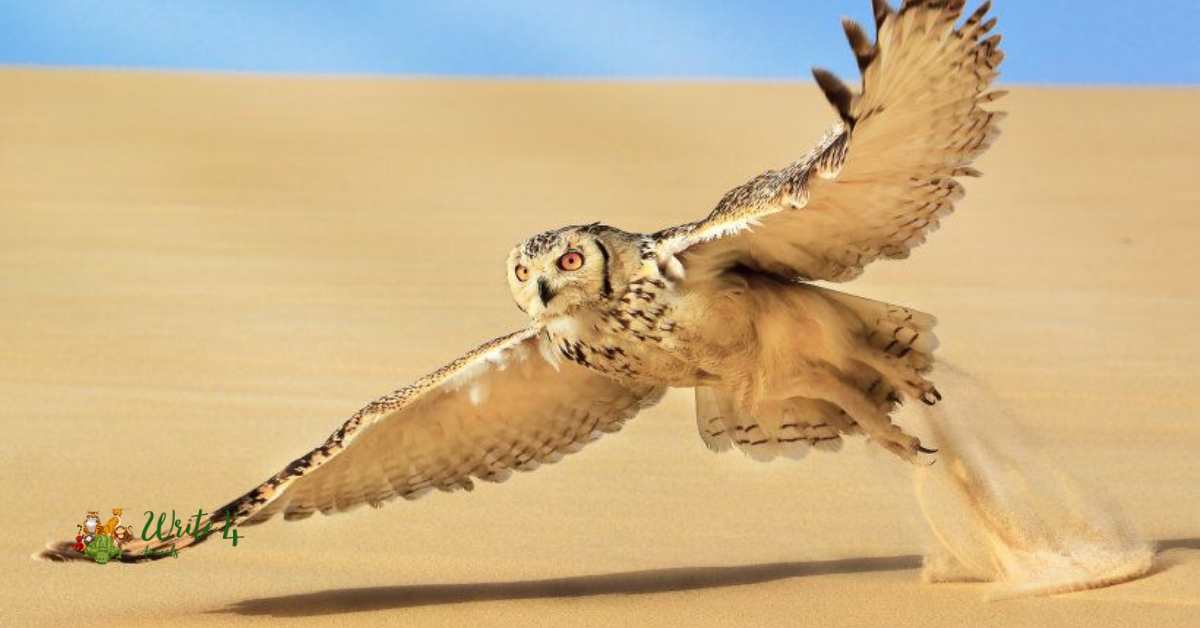
Recognized by its tufted ears and striking appearance, this formidable bird of prey plays a crucial role in maintaining the balance of desert ecosystems. With exceptional vision and acute hearing, the desert eagle owl is a skilled nocturnal hunter, preying on small mammals, birds, and insects.
These owls have evolved to be supremely adapted to desert life. Their ability to fly silently allows them to surprise and capture prey with stealth, and their well-camouflaged plumage helps them blend into the desert landscape during the day.
Nesting in rocky crevices or abandoned burrows, the desert eagle owl avoids the harsh daytime temperatures characteristic of desert environments.
11. Sand Cat
The elusive sand cat, a small wild cat species adapted to desert life, exhibits unique features that allow it to thrive in the challenging environments of arid landscapes. Recognized by its sandy-colored fur and large ears, the sand cat is a master of stealth and survival in the deserts of North Africa and Asia.
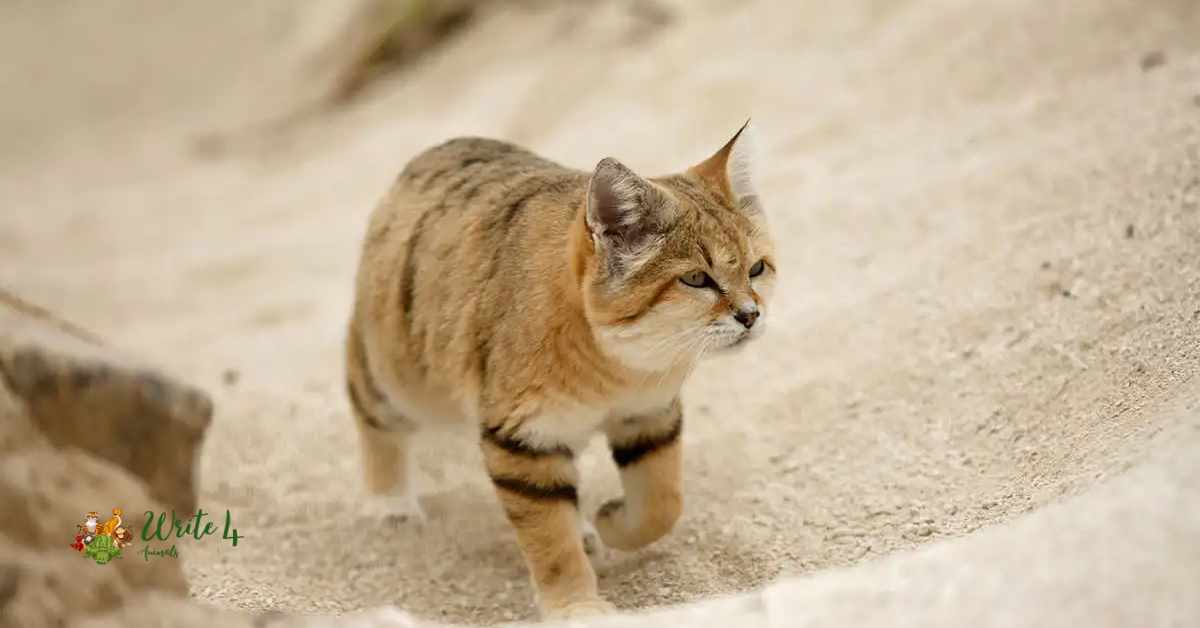
These nocturnal hunters avoid the scorching daytime temperatures by resting in burrows or shaded areas and emerge at night to hunt for rodents, birds, and insects. The sand cat’s specialized adaptations extend beyond its physical appearance.
Its furry paws serve as natural protection against the hot desert sands, preventing burns and providing insulation. The sand cat’s ability to obtain most of its hydration from its prey allows it to survive in regions where water sources are scarce.
12. Thorny Devil
The thorny devil, an iconic lizard native to the Australian deserts, stands out with its spiky appearance and unique adaptations for survival in arid landscapes. This remarkable desert animal, also known as the thorny dragon, boasts a thorny exterior that serves multiple functions, including deterring predators and aiding in water collection.
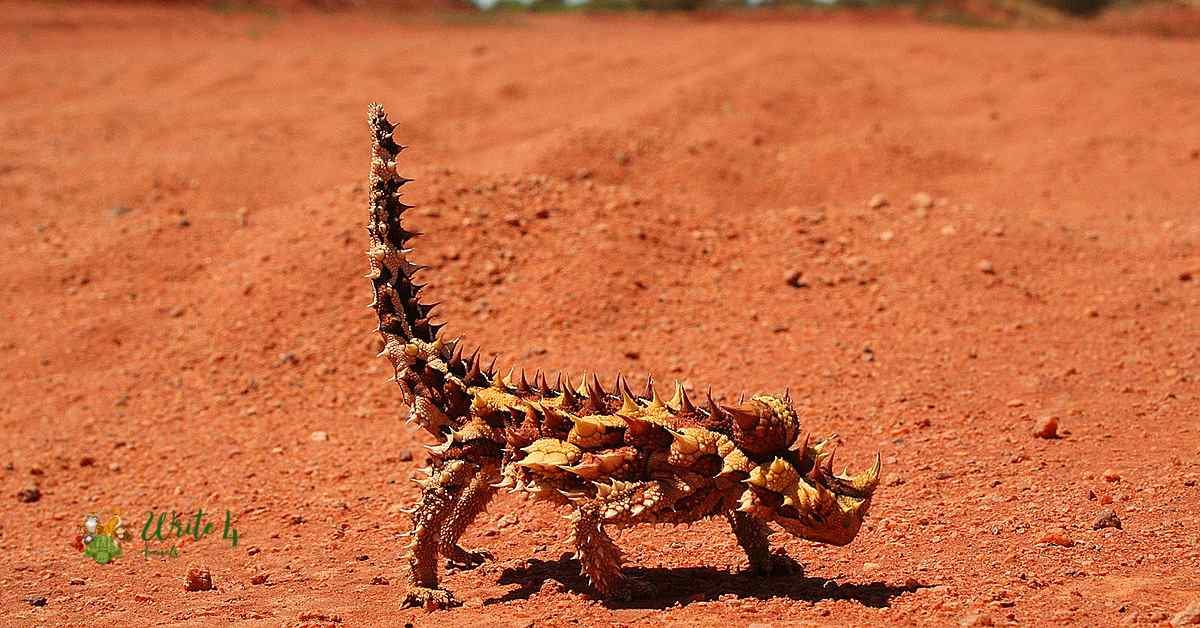
The thorny devil’s spines help channel dew and rain towards its mouth, providing a valuable source of hydration in regions where water is scarce. Well-camouflaged against the sandy background, the thorny devil relies on its cryptic coloration to avoid predators and blend into its surroundings.
Despite its fearsome appearance, this lizard is primarily a docile creature, relying on its unique features for protection rather than aggressive behavior.
13. Meerkat
While not exclusive to deserts, the meerkat is a highly adaptable and social mammal found in various arid regions. Recognizable by its slender body, distinct facial markings, and long tail, the meerkat lives in tight-knit groups, known as mobs.
These social animals work together to forage for food, primarily consisting of insects, small vertebrates, and even scorpions.
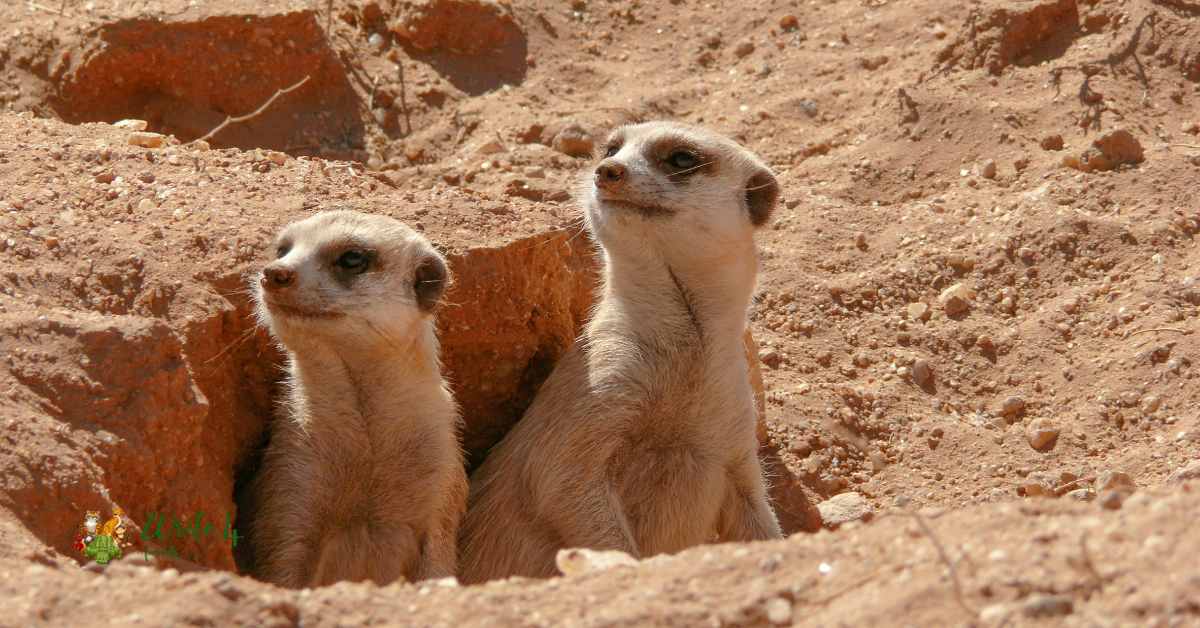
Possessing keen observational skills, meerkats take turns acting as sentinels, scanning the surroundings for potential predators. Their burrow systems provide shelter from the intense desert heat and protection from predators.
The meerkat’s ability to thrive in arid environments showcases the advantages of cooperative living and the importance of adaptability in the ever-changing desert landscape.
14. Dung Beetle
Often overlooked but ecologically crucial, the dung beetle plays a vital role in recycling nutrients in desert ecosystems. Found in various arid regions, these industrious beetles specialize in burying and consuming animal feces. By doing so, they contribute to nutrient cycling and soil aeration, promoting a healthier desert environment.
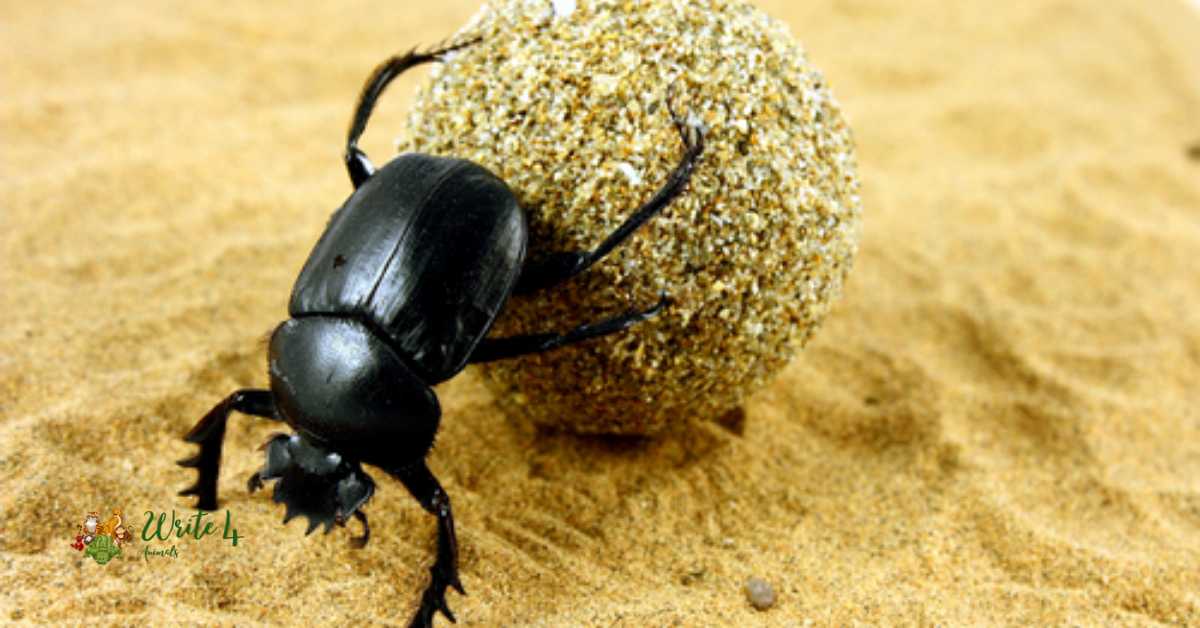
Dung beetles are particularly important in arid regions where resources are scarce, and their activities help enhance soil fertility. Beyond their ecological role, dung beetles have fascinating adaptations, such as strong limbs for moving and burying dung, and some species even navigate by the Milky Way.
Despite their humble appearance, dung beetles are unsung heroes of the desert, playing a crucial role in maintaining the delicate balance of these ecosystems.
15. Desert Tortoise
The desert tortoise, an iconic reptile native to North American deserts, has evolved to thrive in arid environments. Recognized by its domed shell and sturdy limbs, the desert tortoise is a master burrower, creating underground refuges to escape extreme temperatures.
During periods of scarcity, these tortoises can survive for months without water, relying on the moisture from the plants they consume.
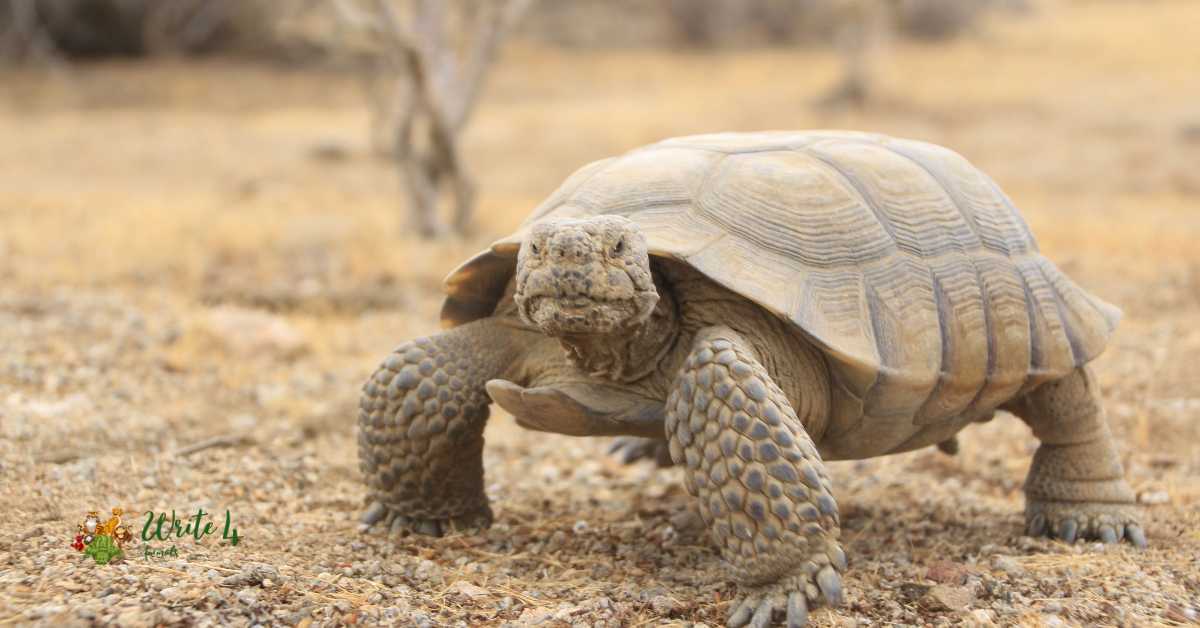
Their slow and deliberate movements help conserve energy, a crucial adaptation in the resource-scarce desert landscape. Unfortunately, these tortoises face threats from habitat destruction and climate change, emphasizing the importance of conservation efforts to preserve the unique adaptations that have allowed them to endure in the challenging desert environment.
16. Golden Jackal
The golden jackal, a versatile canid species, is found in various habitats, including arid desert regions. Recognized by its golden coat and omnivorous diet, the jackal is a highly adaptable predator.
Thriving in environments with scarce resources, these opportunistic hunters consume a diverse array of food, including small mammals, birds, fruits, and carrion.
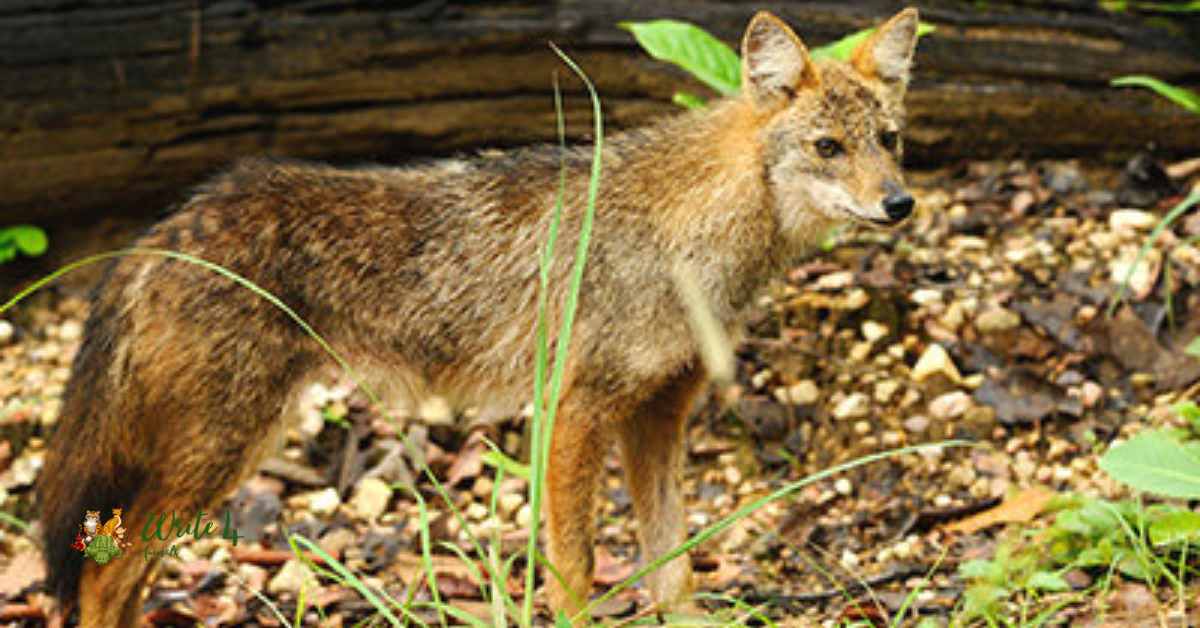
Their keen sense of smell aids in locating food sources across vast desert landscapes. While often considered nocturnal, golden jackals can adjust their activity patterns based on resource availability.
Their ability to thrive in arid conditions showcases the jackal’s adaptability and resilience, making it a fascinating species in the complex web of desert life.
17. piny-Tailed Lizard
Also known as the dabb lizard, the spiny-tailed lizard is a desert-dwelling reptile found in the deserts of North Africa and the Middle East. Its distinctive appearance, characterized by a spiky tail and robust spines along its back, serves as both a defense mechanism and a means of regulating body temperature in the intense heat of the desert.
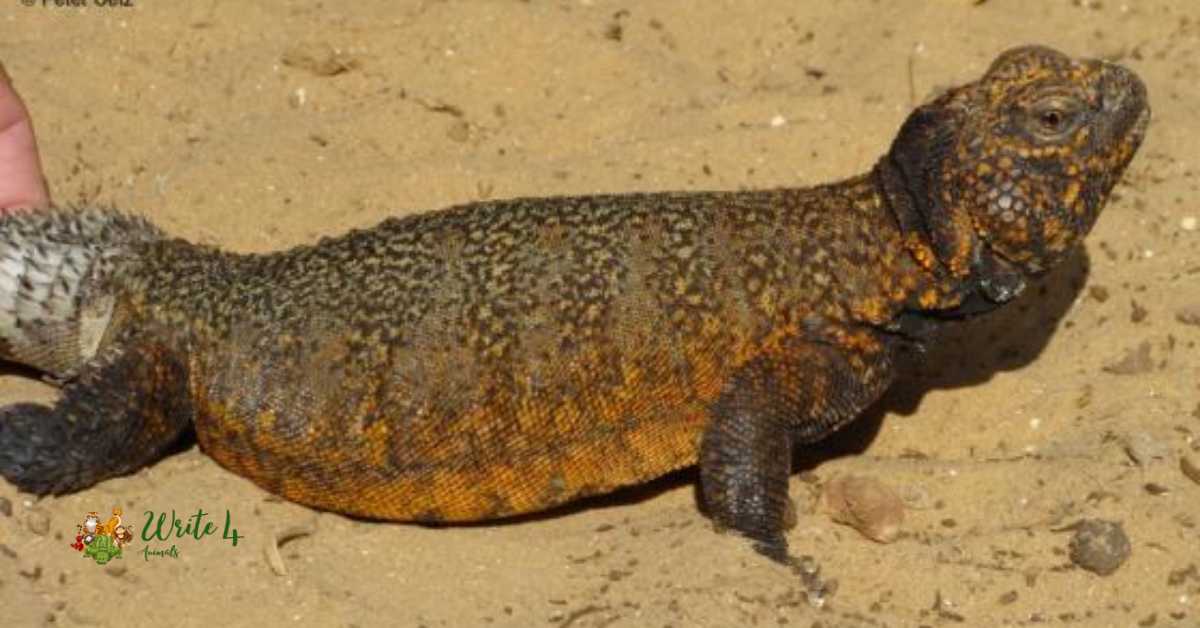
The spiny-tailed lizard’s adaptations extend beyond its physical features. Its keen sense of hearing and vision allows it to detect predators and locate prey in the vast expanses of the desert.
A herbivore by nature, this lizard feeds on a diet of plants, seeds, and occasionally insects, showcasing its ability to extract nutrients from the arid environment.
18. Nubian Ibex
Scaling the rocky terrains of the deserts in the Arabian Peninsula, the Nubian ibex is a remarkable herbivore adapted to the challenging environments of arid landscapes. With distinctive curved horns and a robust build, the Nubian ibex navigates steep cliffs and rocky outcrops with unparalleled agility.
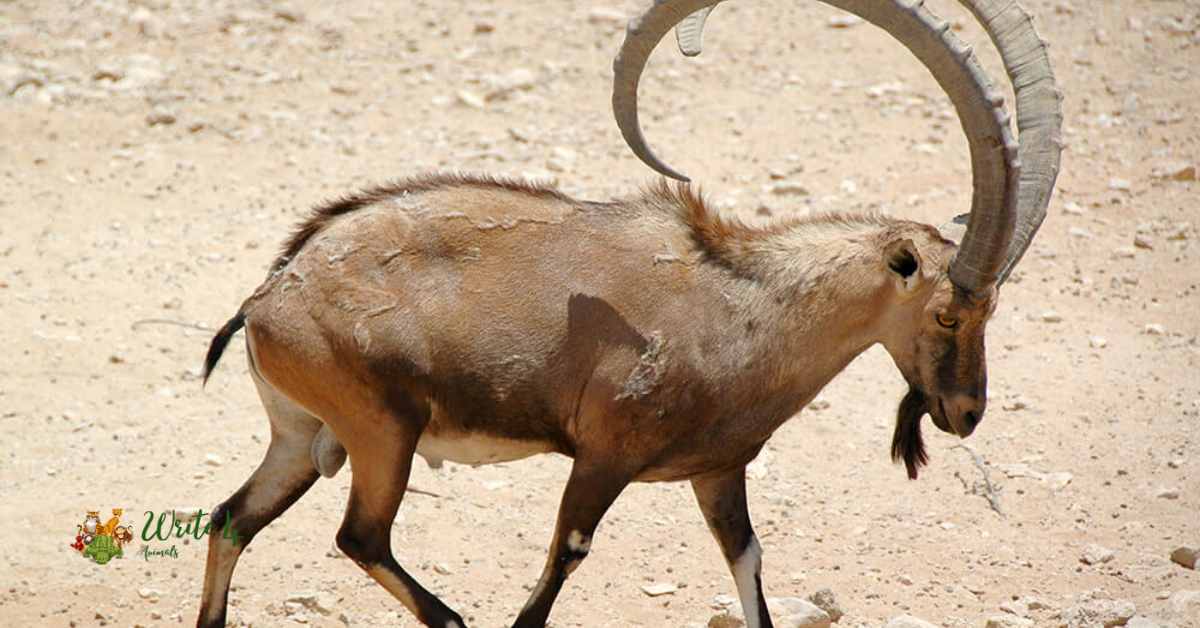
This desert-dwelling ungulate exhibits social behavior, forming herds that traverse the rugged terrain in search of scarce vegetation. The Nubian ibex’s specialized hooves provide excellent traction on uneven surfaces, allowing it to access elevated areas for foraging and escape predators effectively.
19. Sand Gazelle
The sand gazelle, perfectly adapted to the Arabian desert, exemplifies the elegance and resilience of desert animals in navigating sandy terrains.
With a slender build and pale coat, the sand gazelle reflects sunlight to minimize heat absorption, allowing it to endure the intense temperatures of the desert.
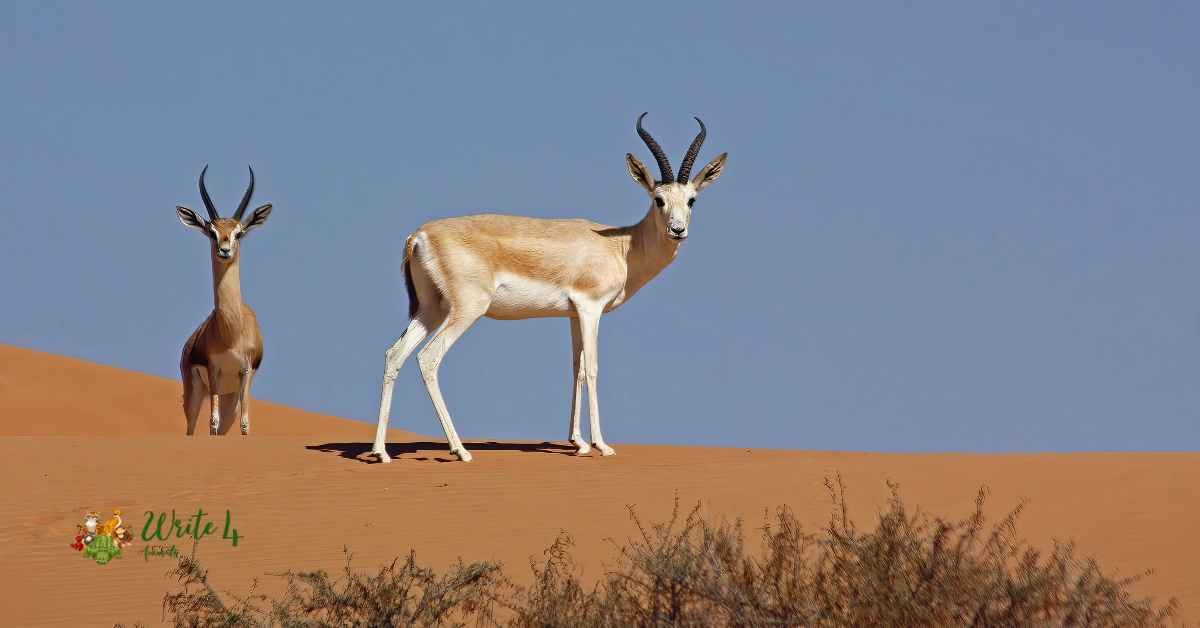
This herbivorous ungulate relies on its specialized features to thrive in the challenging desert environment. The sand gazelle’s nimble movements and slender legs contribute to its agility, enabling it to traverse the shifting sands with remarkable speed and grace.
Sand gazelles have evolved to extract nutrients from sparse vegetation, showcasing their ability to thrive in regions where resources are limited. Their ability to efficiently conserve water is crucial for survival in arid conditions, as they can obtain a significant portion of their hydration from the plants they consume.
20. Desert Hedgehog
The desert hedgehog, a nocturnal insectivore adapted to the challenges of desert life, showcases unique features that enable it to thrive in arid environments.
With its spiky exterior serving as a protective armor, the desert hedgehog wards off potential predators while navigating the rocky and sandy terrains of North Africa and the Middle East.
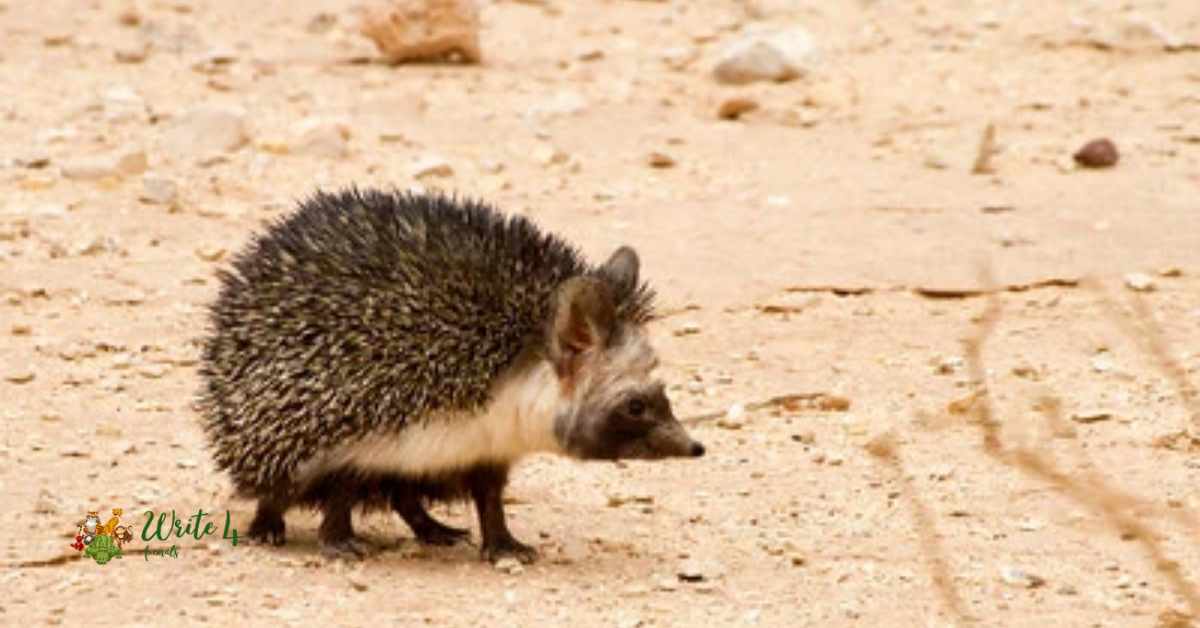
This resilient desert animal possesses specialized kidneys that aid in water conservation, allowing it to extract moisture from the insects and small invertebrates that constitute its diet. The desert hedgehog’s ability to obtain most of its hydration from its prey is a critical adaptation for survival in regions where water sources are scarce.
21. Horned Viper
The horned viper, a venomous snake found in desert regions across Africa and the Middle East, epitomizes the adaptability of reptiles to arid landscapes.
Characterized by distinctive horn-like projections above its eyes and cryptic coloration, this desert-dwelling serpent employs a combination of camouflage and venomous capabilities for survival.
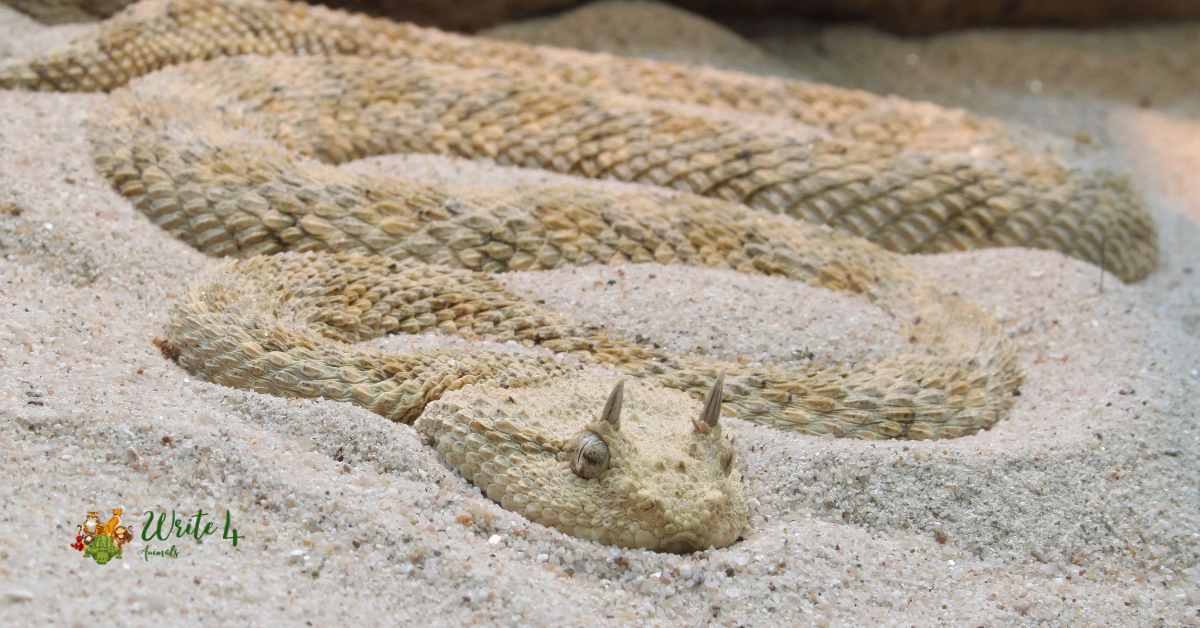
The horned viper’s venom serves as a potent weapon for subduing prey, primarily consisting of small mammals and birds. Its specialized hunting techniques, often involving ambushes in sandy or rocky environments, highlight the precision with which it has adapted to the challenges of desert life.
How do desert animals survive in extreme temperatures?
Desert animals have evolved various physiological and behavioral adaptations to thrive in the extreme temperatures characteristic of arid environments. These adaptations allow them to cope with both the scorching heat of the day and the chilly nights. Here are some key strategies employed by desert-dwelling fauna:
Nocturnal Behavior: Many desert animals are nocturnal, becoming active during the cooler night hours. This helps them avoid the intense daytime heat, reducing the risk of dehydration and heat stress.
Efficient Water Use: Desert animals have evolved mechanisms to efficiently use and conserve water. Some can extract moisture from their food, while others have highly efficient kidneys that minimize water loss during excretion.
Burrowing and Shade-Seeking: Burrowing is a common behavior among desert animals, providing protection from extreme temperatures. Some species dig deep burrows to escape both heat and predators. Additionally, animals seek shade during the day to avoid direct exposure to the sun.
Camouflage: Cryptic coloration and patterns help animals blend into their surroundings, providing both protection from predators and a means of regulating body temperature by reducing solar heat absorption.
Specialized Cooling Adaptations: Some desert animals, such as the fennec fox, have large ears that dissipate heat, acting as natural radiators. Other species, like the kangaroo rat, can survive without drinking water by extracting moisture from their diet.
Why are camels well-suited for desert life?
Camels are exceptionally well-suited for life in the desert due to a combination of anatomical, physiological, and behavioral adaptations:
Hump for Fat Storage: The iconic hump on a camel’s back is not for water storage, as commonly believed, but for storing fat. This fat can be metabolized into both energy and water, providing a vital resource during periods of food and water scarcity.
Efficient Water Use: Camels can drink large amounts of water in a short time when it’s available, and their kidneys are highly efficient in conserving water. They can tolerate significant dehydration without compromising their health.
Specialized Feet: Camels have broad, flat feet with thick, calloused soles that distribute their weight and prevent sinking into the sand. This adaptation allows them to traverse the desert terrain with ease.
Ability to Eat Tough Vegetation: Camels are browsers and can consume thorny desert vegetation that many other animals avoid. Their specialized mouths and digestive systems help break down and extract nutrients from tough plant material.
Endurance and Stamina: Camels are known for their remarkable endurance, capable of covering long distances in the desert without water. They can also regulate their body temperature, allowing them to withstand the heat of the day.
Frequently Asked Questions
[sc_fs_multi_faq headline-0=”h4″ question-0=”What are some common adaptations of desert animals for survival in extreme temperatures?” answer-0=”Nocturnal behavior, efficient water use, burrowing, shade-seeking, camouflage, and specialized cooling adaptations are common strategies.” image-0=”” headline-1=”h4″ question-1=”How do camels survive in the desert?” answer-1=”Camels survive in the desert due to their hump, which stores fat for energy and water, efficient water use, specialized feet for desert terrain, ability to eat tough vegetation, and endurance.” image-1=”” headline-2=”h4″ question-2=”Why are many desert animals nocturnal?” answer-2=”Nocturnal behavior helps desert animals avoid the intense daytime heat, reducing the risk of dehydration and heat stress.” image-2=”” headline-3=”h4″ question-3=”What is the purpose of the hump on a camel’s back?” answer-3=”The hump on a camel’s back stores fat, which can be metabolized into both energy and water, providing a vital resource during food and water scarcity.” image-3=”” headline-4=”h4″ question-4=”How do desert animals conserve water?” answer-4=”Desert animals conserve water through efficient kidneys, extracting moisture from their diet, and behaviors like burrowing and seeking shade to minimize water loss.” image-4=”” headline-5=”h4″ question-5=”What role does camouflage play in desert survival?” answer-5=”Camouflage helps desert animals blend into their surroundings, providing protection from predators and regulating body temperature by reducing solar heat absorption.” image-5=”” headline-6=”h4″ question-6=”Why do desert animals burrow?” answer-6=”Burrowing provides protection from extreme temperatures, both hot and cold, and offers refuge from predators for many desert-dwelling animals.” image-6=”” headline-7=”h4″ question-7=”How do desert animals regulate body temperature?” answer-7=”Some desert animals use behaviors like seeking shade and nocturnal activity, while others have physical adaptations such as large ears or specialized skin that aids in temperature regulation.” image-7=”” headline-8=”h4″ question-8=”What is the primary purpose of the large ears in animals like the fennec fox?” answer-8=”Large ears in animals like the fennec fox act as natural radiators, dissipating heat and aiding in temperature regulation in the desert environment.” image-8=”” headline-9=”h4″ question-9=”What is unique about the diet of desert animals like the kangaroo rat?” answer-9=”The kangaroo rat can survive without drinking water by obtaining moisture from its diet of dry seeds, showcasing a unique adaptation to the arid environment.” image-9=”” count=”10″ html=”true” css_class=””]
Recommended
1. Cane Corso Pitbull Mix 2023
2. What Animals Eat Corn? | 20 Animals that eat corn
